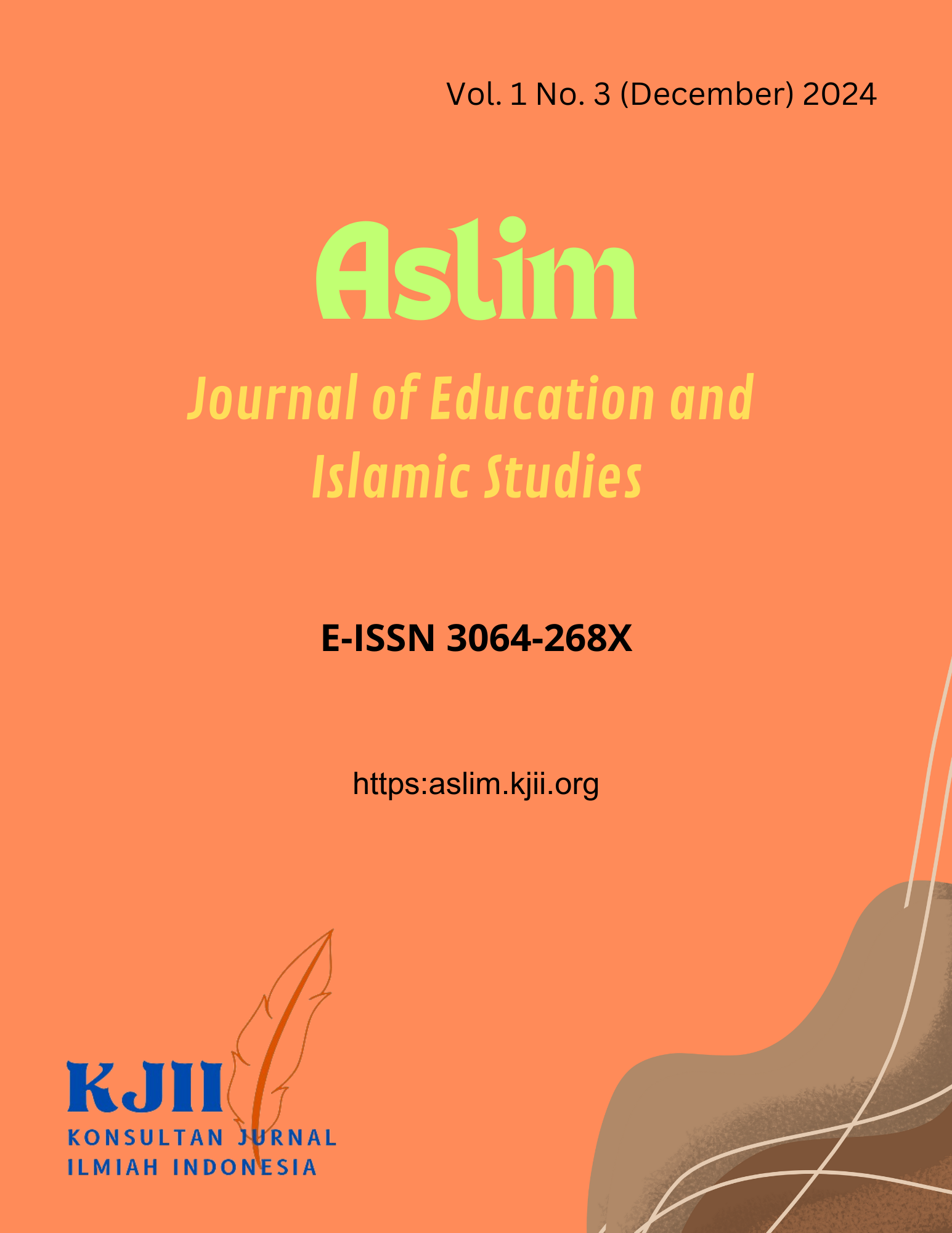Application of Self Control Techniques in Reducing Selfharm Behavior in Adolescents
Keywords:
Individual Counseling, Techniques, Self Control, Self HarmAbstract
This research is in the background of the rampant phenomenon of self-harm, a behavior to calm down by using ways of self-harm or self-harm, this behavior is dangerous and needs to be overcome, the self-harm behavior of client "N" by using various sharp or blunt weapons to hurt themselves with the aim of calming down. Therefore, efforts are needed to reduce self-harm behavior, namely by counseling individuals with self-control techniques. The purpose of this study is to find out how self-harm behavior is described in client "N" and to find out whether individual counseling with self-control techniques can reduce self-harm behavior of client "N". The research method used qualitatively for this type of research is descriptive with a qualitative research approach, the research subject of client "N" as the primary subject of client "N", the technical analysis of case study data according to Robert Kyin which consists of three stages of pattern matching, making explanators and time series analysis. Data collection techniques use interviews, observations and documentation. The results of the study showed that the self-harm behavior of client "N" included hitting the head, slamming things, slashing skin, grabbing hair, hitting walls. From the results of individual counseling with self-control techniques, client "N" self-harm behavior showed a reduced tendency which was characterized by the absence of self-harm behavior.
References
Afifah, Mudjiran, & Yeni Karneli. (2024). The Role of Family Counseling to Improve Communication and Harmony in the Family. Journal Of Psychology, Counseling And Education, 2(3), 208–216. https://doi.org/10.58355/psy.v2i3.46
Ahdi Kusumastuti, Metode Penelitian Kualitatif Semarang:Lembaga Pendidikan Sukarno Pressindo, 2020
Fatikah Garnis Meilatri, “Upaya Pemberian Konseling Pada Penderita Self Harm di kalangan remaja”, jurnal psikologi, 2022.
Maulida Fitri, Netrawati, & Zadrian Ardi. (2024). The Use of Cognitive Behavioral Therapy (CBT) to Reduce Obsessive Compulsive Disorder (OCD) Behavior. Journal Of Psychology, Counseling And Education, 2(3), 225–235. https://doi.org/10.58355/psy.v2i3.40
Robbi Asri, Herman Nirwana, Mudjiran, Yeni Karneli, & Rendy Amora. (2024). The Effectiveness of Gestalt Counseling in Increasing Students’ Self-Confidence. Manajia: Journal of Education and Management, 2(2), 13–27. https://doi.org/10.58355/manajia.v2i2.36
Robert K Yin, Studi Kasus Desain dan Metode, Jakarta: PT Raja Grafindo, 2014.
Sari Mutiara Insani and Siti Ina Savira, “Faktor Penyebab Perilaku Self Harm Pada Remaja Perempuan”, Jurnal Penelitian Psikologi, 2023.
Thesalonika and Nurliana Cipta Apsari, “Perilaku Self Harm Atau Melukai Diri Sendiri Yang Dilakukan Oleh Remaja,” Jurnal Pekerjaan Sosial, 2021.





